How to prevent pests when you bring houseplants back indoors – experts tips to protect your indoor plants
Placing houseplants outdoors has a lot of benefits, but it's important to stop pests coming in with your plants when you bring them indoors again
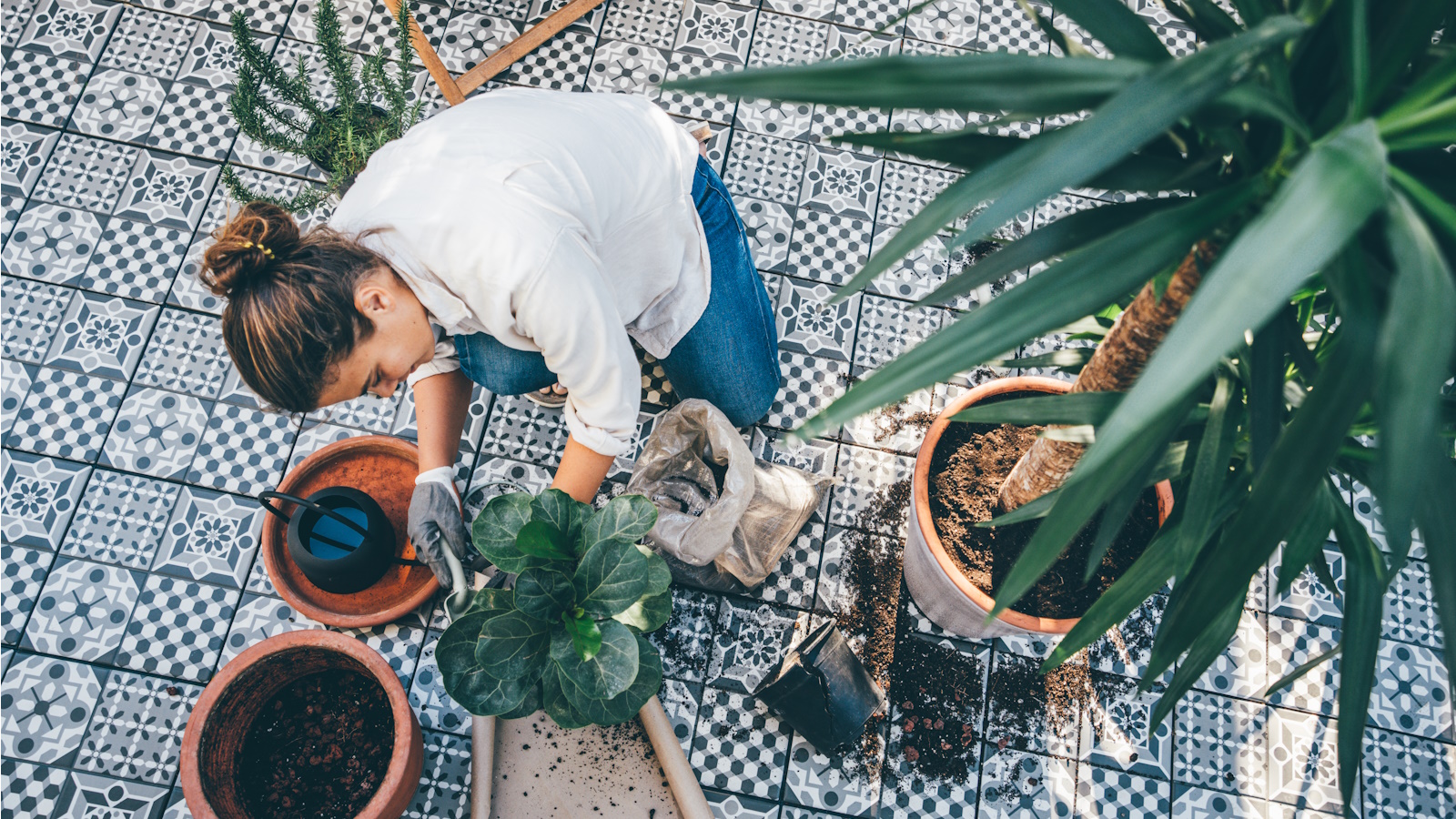

Have you considered giving your houseplants some fresh air? There are lots of benefits of placing them outdoors in the right weather, but it's important to know that your plants could also attract pests that will make their way into your home when you bring your plants indoors again.
Whether you're moving houseplants outdoors to expose them to more light or to give them more air circulation, you should be aware of the common houseplant pests that might come into your home with your plants. But don't worry, it's possible to get rid of them and prevent pests from spreading to other plants.
Experts have shared their tips with us for preventing pests when you bring your houseplants back indoors so that your plants can have a smooth transition.
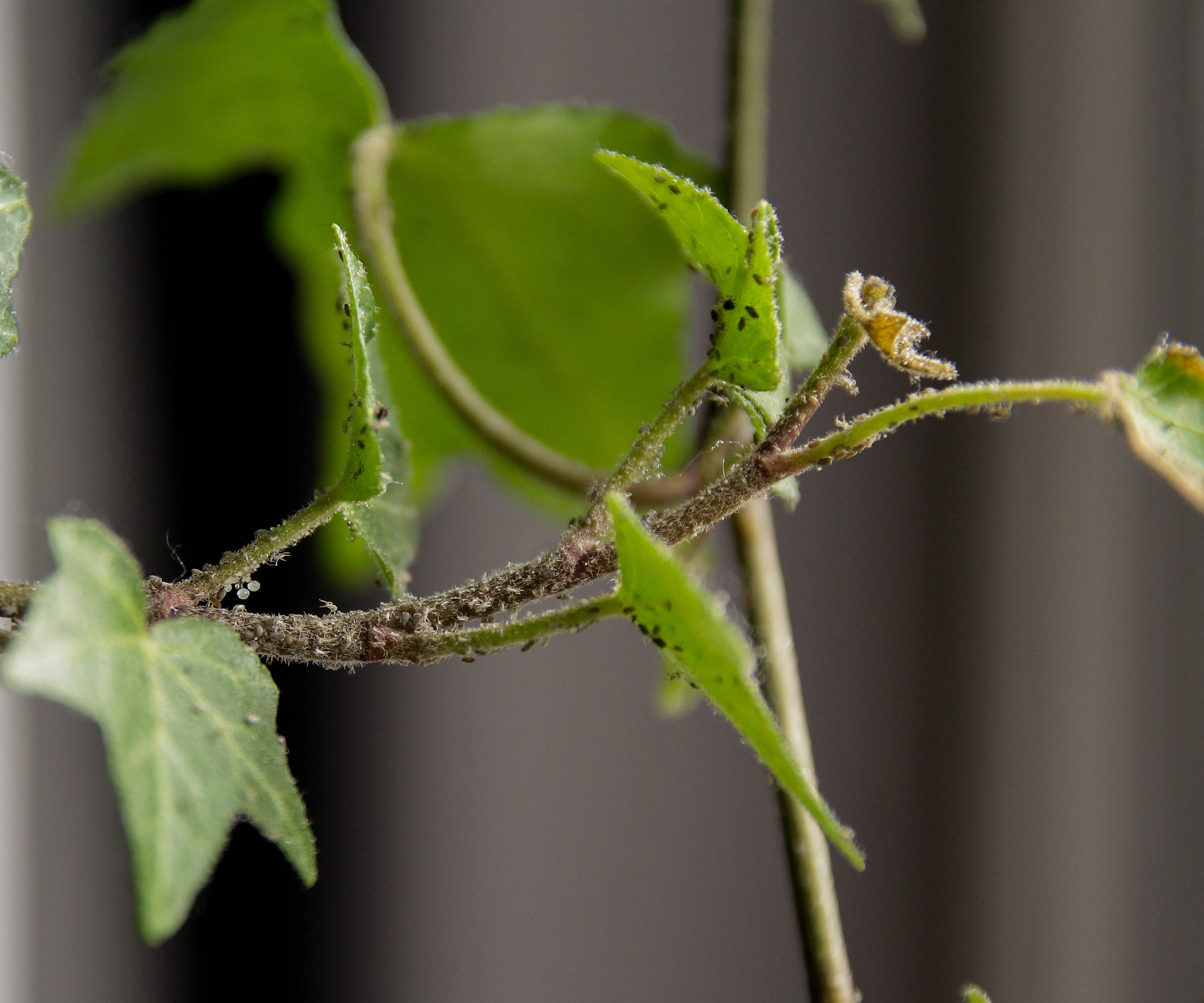
How to prevent pests when you bring houseplants back indoors
Moving houseplants outside can be beneficial and give your plants a boost during warmer weather. However, it is possible that pests make their way into your indoor plant pots and into your home when you bring them back inside.
'Common pests that can come indoors with your plants are scale, mealybugs, aphids, spider mites, whiteflies, thrips and fungus gnats,' says Vladan Nikolic from Mr. Houseplant.
But don't worry, we've asked experts how to prevent pests when you bring houseplants back indoors and they shared their tips and tricks for a pest-free transition.

Vladan Nikolic is a houseplant expert with over 10 years of experience. He is the founder of the houseplant care blog Mr. Houseplant and is a social media influencer for houseplants with over 500,000 followers.
Clean your plants thoroughly before bringing them inside
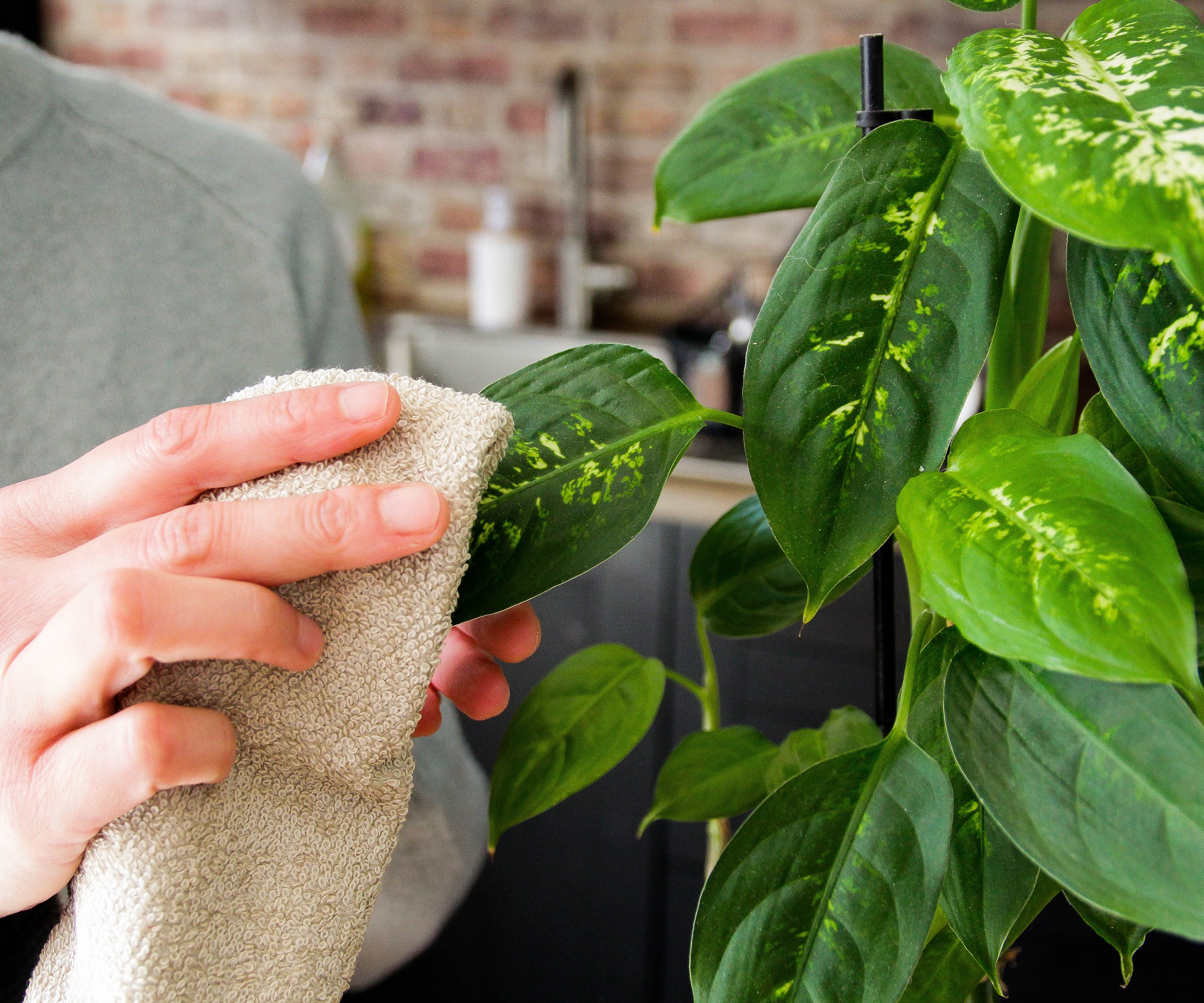
Before you even let your houseplants cross the threshold of your home, you need to give them a thorough inspection.
'Carefully examine the leaves, stems and soil for any signs of insects, eggs or other unwanted hitchhikers,' says Sally Allsop, founder of All That Grows. 'Pay close attention to the undersides of leaves, as this is a common hiding spot,' she notes.
Pests can all look very different, including tiny spiders mites and white mealybugs, but if you notice some insects on your plants it's a good indication that they may be affected by pests.
'You should treat the plant accordingly before moving it indoors,' notes Sally. Whether you're getting rid of spider mites or getting rid of aphids, make sure to take the appropriate measures to remove the pests from your plants before bringing them inside where they can spread to other houseplants. You can find lots of pest control treatments online, including this houseplant insect killer from Amazon.
'I also think it's also a good idea to give your plants a thorough clean. Gently wipe down the leaves with a damp cloth,' says Sally. 'You can also give the soil a light scraping to expose and dislodge any pests that may have taken up residence,' she adds.
It's easy to clean houseplant leaves with a soft cloth, like these microfibre cloths from Amazon, and misting leaves can also keep them clean, like with this plant mister from Amazon.

Sally is an avid gardener and founder of the online gardening site All That Grows. She has many years of hands-on gardening experience and a thirst of knowledge about plants and their needs. Sally is passionate about sharing her love for gardening and sharing tips with other gardeners.
Isolate your plants to stop pests spreading
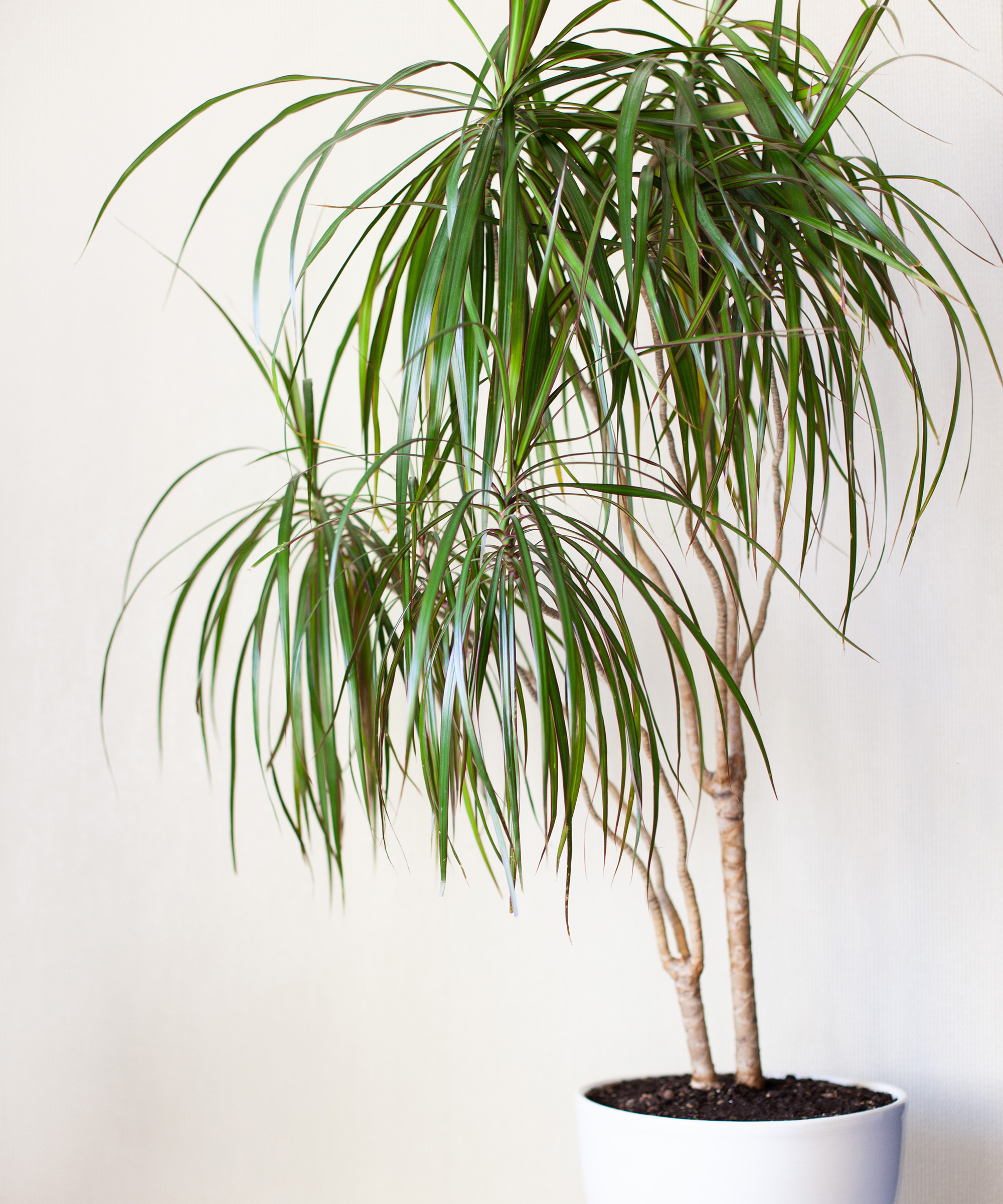
'When you bring the plants inside, you should also isolate them from other houseplants for 3-4 weeks,' suggests Vladan. 'This timeframe allows you to notice any impending pest infestation and address it,' he adds.
It's key to deal with any pest problems as soon as you spot them to ensure they don't make their way to your other plants. Try keeping the houseplant you kept outside in a conservatory or on a windowsill by itself for a quarantine period to protect the rest of your indoor garden from an infestation.
FAQs
When should I bring houseplants back indoors?
If you've moved your houseplants outdoors during the summer, it's a good idea to bring them back indoors as temperatures start to drop. As a general rule, houseplants shouldn't be outdoors in night temperatures lower than 55°F, but the best thing to do is check the temperature requirements of your specific plants to see what they can handle outdoors. Leaving your houseplants out in the cold can kill them off, so take care to bring them back indoors at the right time.
Placing your houseplants outdoors during summer can give them plenty of exposure to the sun and improve their air circulation, but it can also bring pests indoors. Take care to check your plants carefully and deal with any pest problems before bringing your plants back inside to avoid pest problems spreading.
You can also try making homemade bug sprays to help deal with any pest problems you may have.
Sign up to the Homes & Gardens newsletter
Design expertise in your inbox – from inspiring decorating ideas and beautiful celebrity homes to practical gardening advice and shopping round-ups.

Tenielle is a Gardens News Writer at Homes & Gardens. She holds a qualification in MA Magazine Journalism and has over six years of journalistic experience. Before coming to Homes & Gardens, Tenielle was in the editorial department at the Royal Horticultural Society and worked on The Garden magazine. As our in-house houseplant expert, Tenielle writes on a range of solutions to houseplant problems, as well as other 'how to' guides, inspiring garden projects, and the latest gardening news. When she isn't writing, Tenielle can be found propagating her ever-growing collection of indoor plants, helping others overcome common houseplant pests and diseases, volunteering at a local gardening club, and attending gardening workshops, like a composting masterclass.
-
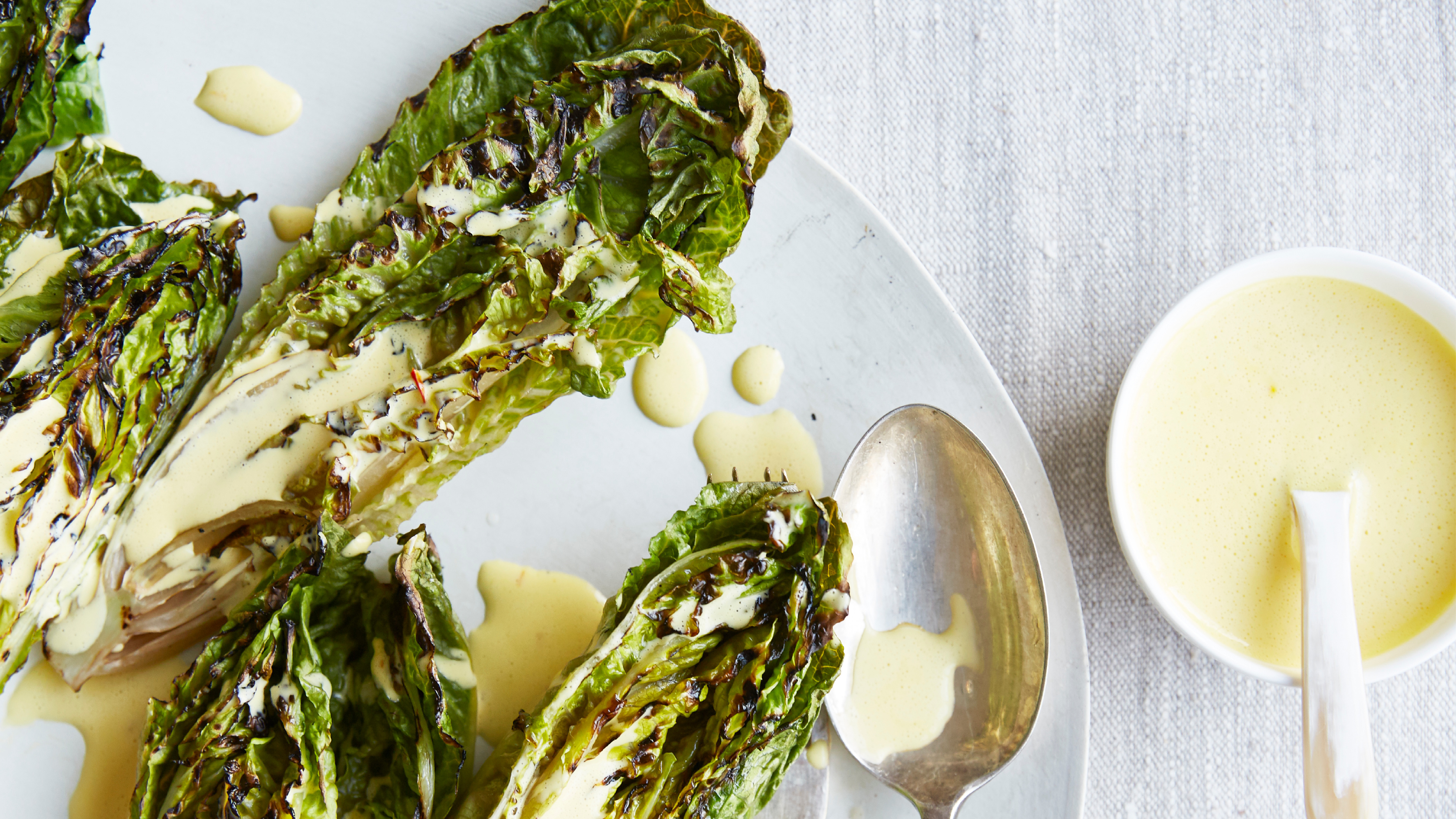 Charred little gem with saffron dressing
Charred little gem with saffron dressingThis recipe with charred little gem is both easy to make and sure to impress guests. It's the perfect side for fresh spring menus
By Alice Hart
-
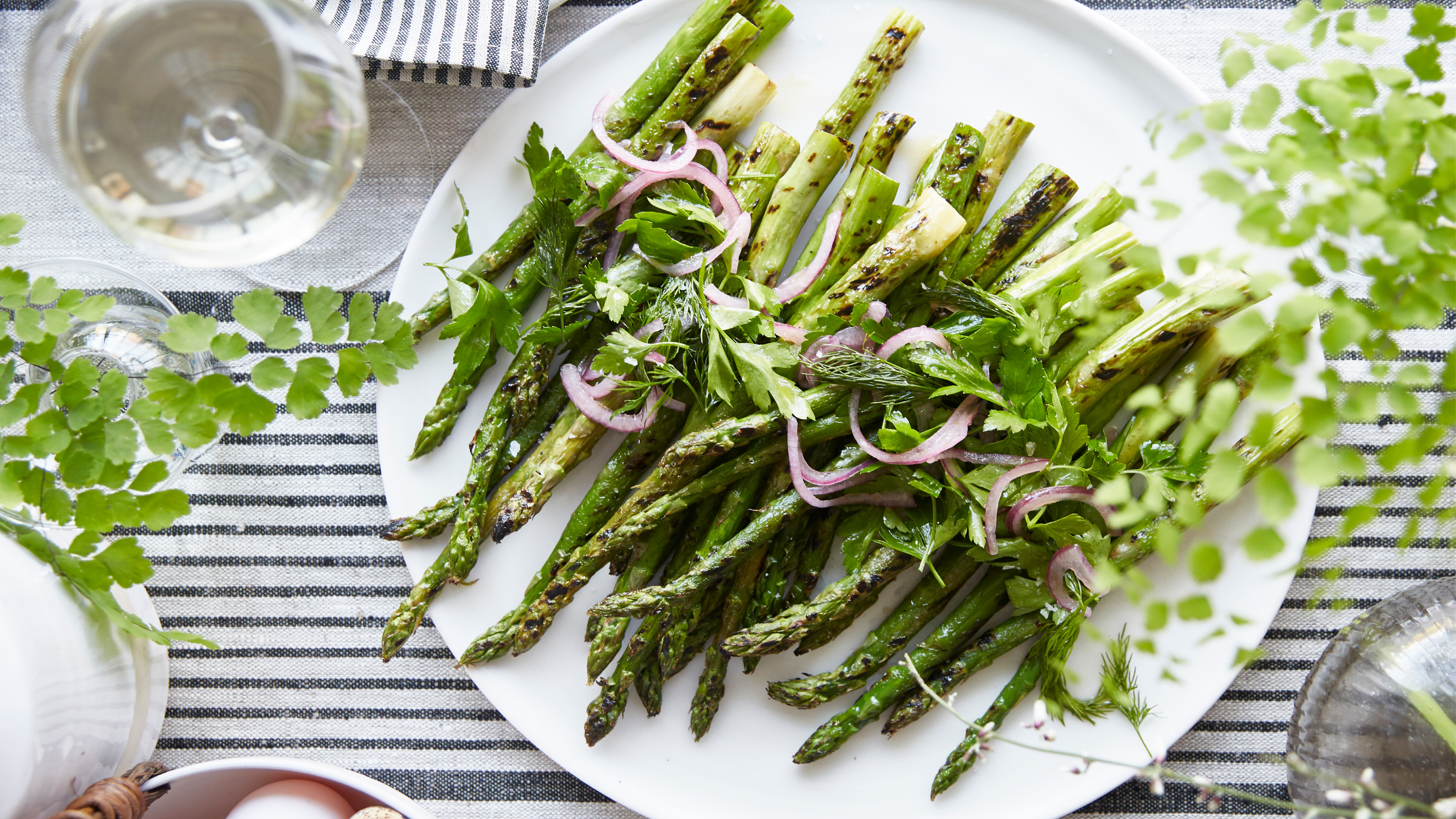 Grilled asparagus with herb and pickled red onion
Grilled asparagus with herb and pickled red onionThis grilled asparagus couldn't be easier, and it's a wonderful way to get the best flavor from our favorite spring veg. It's perfect alongside fish or lamb
By Alice Hart